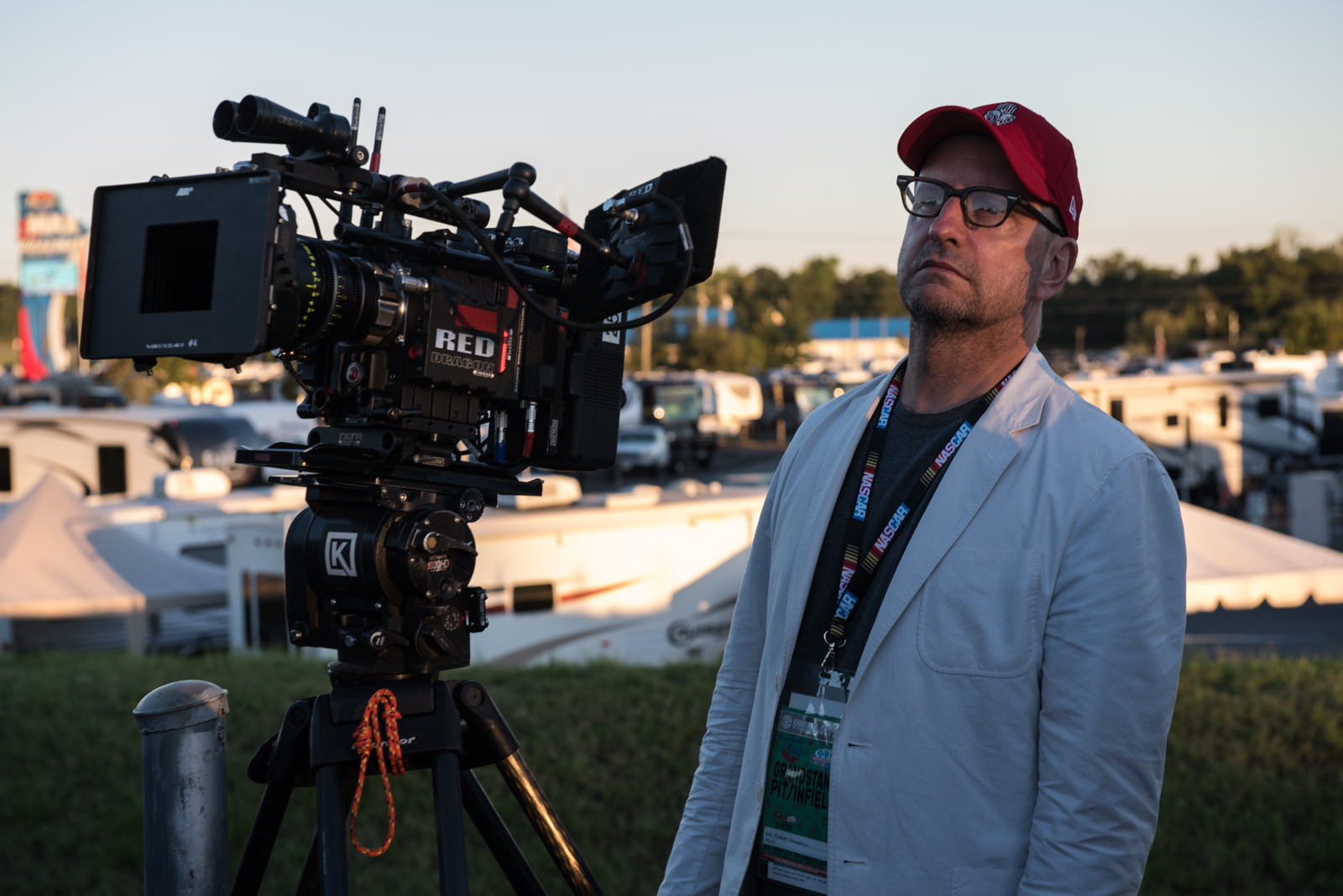“Radical Decency” might be a fancy new name for the old-timey philosophy governing Bridge of Spies, Steven Spielberg’s earnest, burnished, thoroughly gripping account of a notable episode of Cold War diplomacy. Compressing events that unfolded between 1957 and 1962, the film is primarily about the relationship between Manhattan insurance lawyer James B. Donovan and Rudolf Abel, née Col. Vilyam Genrikhovich Fisher, the Soviet spy he was court-appointed to represent.
Though reluctant to accept Abel’s case, Donovan defends his client with more zeal than anybody, including the judge, wants, on the grounds that it’s the only way to show the world that innocent-until-proven-guilty American justice is superior to its totalitarian Soviet counterpart. Though unable to persuade a jury of Abel’s innocence, Donovan persuades the judge to spare his life—leaving the U.S. with a bargaining chip when C.I.A. pilot Francis Gary Powers’ top-secret U-2 spyplane is shot down over Soviet territory and Powers is captured three years later. Appreciating that Donovan foresaw the need for a captive to trade, the C.I.A. dispatches him to freshly walled-off East Berlin to try to negotiate Powers’ release in exchange for Abel.
Read More






